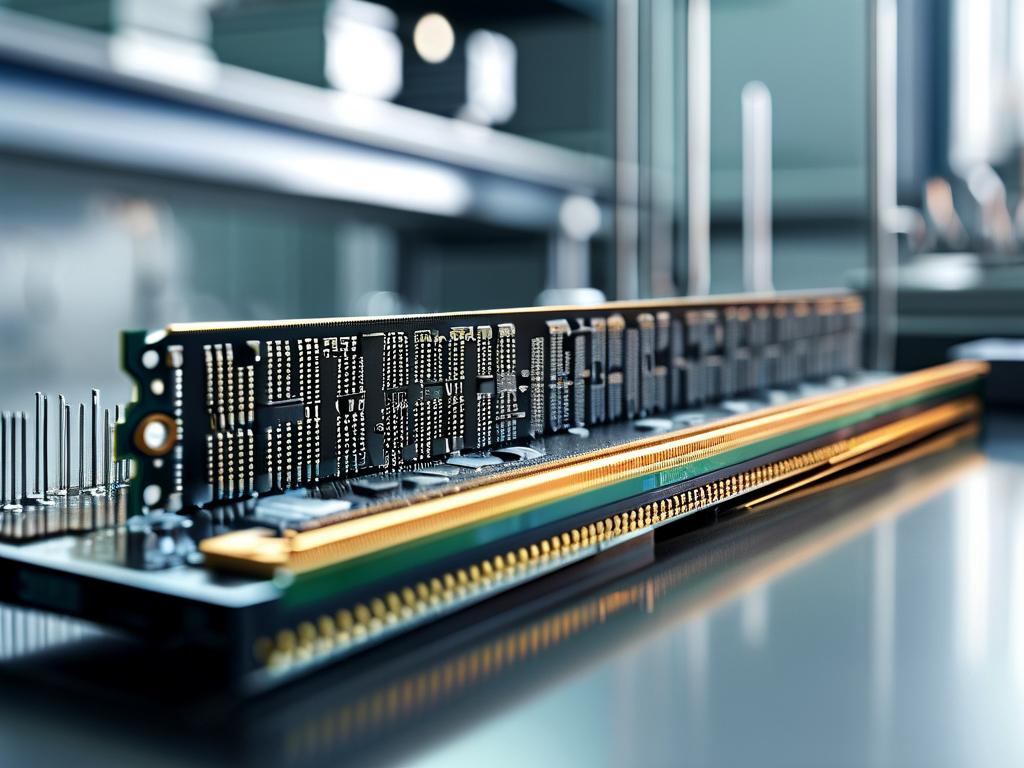Understanding the true storage capacity of computer memory requires more than reading manufacturer labels. While a memory module may advertise "8GB" capacity, the actual usable space often differs due to technical specifications and measurement methodologies. This article explores three critical aspects of memory calculation, complete with practical examples and verification methods.

Binary vs. Decimal Interpretation
The fundamental discrepancy arises from how manufacturers and operating systems quantify memory. Hardware producers use decimal units (1 GB = 1,000,000,000 bytes), while computers operate in binary (1 GiB = 1,073,741,824 bytes). This 7.37% difference per gigabyte accumulates exponentially with larger capacities. For instance, an 8GB module contains 8,000,000,000 bytes in decimal terms, which translates to approximately 7.45 GiB in binary measurement – a 0.55GB "loss" detectable through system diagnostics.
Reserved Memory Allocation
Modern systems reserve portions of physical memory for critical operations. The Basic Input/Output System (BIOS) typically claims 32-128MB for firmware operations, while integrated graphics processors may consume 64MB-2GB depending on configuration. To calculate actual user-accessible memory:
total_manufacturer_gb = 16
binary_conversion_loss = total_manufacturer_gb * 0.0737
system_reserved_gb = 0.5 # Example value
actual_available = total_manufacturer_gb - binary_conversion_loss - system_reserved_gb
print(f"Usable memory: {actual_available:.2f}GB")
This code demonstrates how a 16GB module might yield ~14.32GB usable space. Actual reserved memory varies by hardware; users can check BIOS settings to obtain precise figures.
File System Overheads
Storage formatting introduces additional capacity reduction. The New Technology File System (NTFS) allocates 5-25MB per partition for metadata, while journaling file systems like ext4 reserve up to 2% of total space. For memory modules functioning as RAM disks or cache, this overhead becomes relevant. A 32GB Intel Optane memory module formatted as NTFS shows approximately 31.8GB available space in Windows Explorer.
Verification Techniques
-
Command-line validation:
Windows users can executewmic memorychip get capacityto display raw byte counts
Linux systems respond tosudo dmidecode --type memory -
Hexadecimal conversion:
Convert manufacturer's GB value to bytes:
8GB = 8 × 10^9 = 8,000,000,000 bytes
Convert to GiB: 8,000,000,000 ÷ 1,073,741,824 ≈ 7.45 GiB -
Physical chip analysis:
Memory modules contain multiple DRAM chips. Identifying chip markings (e.g., K4A8G165WC-BCRC) allows cross-referencing semiconductor datasheets to verify individual component capacities.
Industry Standards and Consumer Protection
The International Electrotechnical Commission (IEC) standardized binary prefixes (GiB, TiB) in 1998 to eliminate confusion, though adoption remains inconsistent. Regulatory bodies like the Federal Trade Commission mandate clear disclosure of measurement systems in storage marketing. Savvy consumers should compare both advertised capacity (decimal) and operating system reported values (binary) when evaluating memory products.
Practical Implications
A 1TB solid-state drive typically offers 931GB of usable space – a 7% reduction from the advertised capacity. This principle extends to RAM modules, where a 64GB kit might show 59.6GiB available in system properties. Understanding these calculations helps in:
- Accurate system performance benchmarking
- Identifying defective memory components
- Planning enterprise storage architectures
- Resolving customer support disputes
As memory technologies evolve with 3D stacking and hybrid modules, calculation methods must adapt. The emergence of non-volatile RAM and storage-class memory blurs traditional measurement paradigms, requiring updated industry standards and user education.
In , determining actual memory capacity involves multi-layered computation considering measurement units, system reservations, and formatting requirements. Technical professionals should always verify specifications through multiple diagnostic tools rather than relying solely on product labeling.





